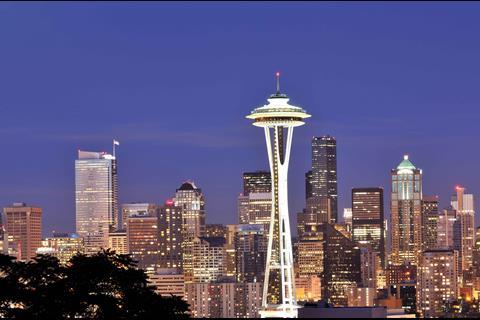If the Tulip is ever built, it will enter the rarefied group of high-profile observation towers across the world.Unlike Toronto’s CN Tower or Berlin’s Fernsehturm, these towers are principally built to provide an observation deck rather than for aerial or communication purposes. As such, they are usually conceived as architectural works with dynamic visual form, as well as projects with structural and engineering prowess.
- News

All the latest updates on building safety reformRegulations latest
- Focus
































No comments yet